Fancy Colored Diamond Cut – Where Does It Come Into Play?
In colorless diamonds, cut is undoubtedly the most important aspect among the 4Cs. The brilliance and fire seen on an engagement ring are reasons why many women are captivated by diamonds. By following scientifically proven proportions, ideal cut diamonds can be polished to achieve maximum levels of light return and sparkle.
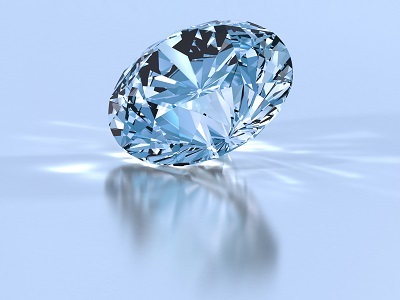
As we enter into the realm of fancy colored diamonds, the fundamental aim of a cutter is to achieve the best yield he/she with the highest possible color. The primary focus of cut is to make a diamond’s color look as saturated as it can be. Obviously, this is a totally different ball game from that of colorless stones.
Perhaps you are wondering why the industry works in such a strange manner. You see, unlike their colorless counterparts where color grading of a diamond is performed face down, fancy colored diamonds are graded face up. The grades are assigned based on their appearance. This means that the optical performance a diamond possesses can influence the stone’s color grade apart from the inherent color of the rough!
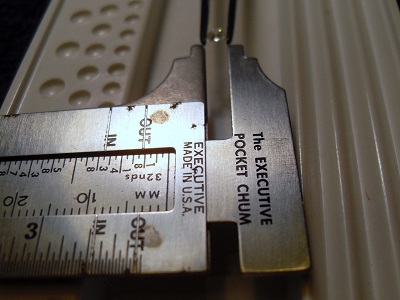
The more white light return a colored diamond exhibits, the more it reduces the saturation and hue of its visual color. Since a colored diamond’s value is pegged primarily to the color it exhibits, no cutter in the right mind would want to polish a rough to the “ideal” proportions. Doing so would not only cost more weight to be removed during the polishing process but also result in a diamond that might be graded with a lower color rating.
I know it sounds like a paradox. You might probably think why shouldn’t diamonds be as sparkly as they can be? Instead, cutters purposely cut rough stones to less ideal proportions in order to reduce white light return. For example, by making use of higher depth %, cutters can induce a stronger saturation as a result of color retention in the body. This directly increases a diamond’s value if it is now graded in a more expensive bracket.
Business Practices That You Should Be Aware Of
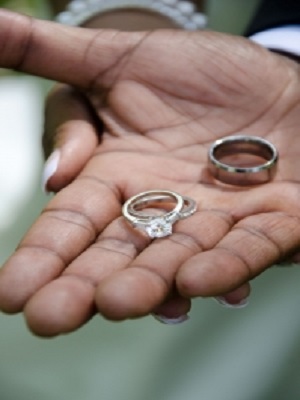 Diamond retailers will hate me for disclosing the truth about their business practices and sales pitches. But let’s get things straight. The majority of fancy colored roughs are cut to preserve weight at the expense of cut and clarity. This is because the roughs are expensive to obtain and jewelers want to squeeze every last penny of profits they can from the stone.
Diamond retailers will hate me for disclosing the truth about their business practices and sales pitches. But let’s get things straight. The majority of fancy colored roughs are cut to preserve weight at the expense of cut and clarity. This is because the roughs are expensive to obtain and jewelers want to squeeze every last penny of profits they can from the stone.
The result of such a profits driven mindset leads to a huge onslaught of poorly cut diamonds in the market. Could you imagine what would happen if the poorly cut diamonds were labeled properly as such and if consumers started to have a deeper understanding of the 4Cs?
If such a paradigm existed, the majority of inventory would not be saleable and more than 90% of the world’s diamonds would be stuck in their vaults! But don’t you worry yet; current market forces prevent that from happening by employing smart marketing techniques.
When evaluating a rough diamond for cutting, the final shape of the stone plays an important role in intensifying the color. Radiant and cushion cut diamonds are the most popular choices because their shape and facet structure can help to intensify color.
The other reason is that these shapes tend to retain more weight after polishing and allows for a more efficient use of the rough stone. Since round brilliant cuts have the highest wastage when they are cut, you will seldom see many around. Everything is about the money!
Make Sure You Get the Facts And Specifications Right!
Let me go on record to say that buying a fancy colored diamond is never an easy task. When you are spending astronomical amounts of money on such a small item, it is natural for you to expect a certain level of quality.
For a typical lay person or shopper, how do you determine or quantify cut quality? Unless you are skilled in the trade or have some gemological experiences, the grading report that accompanies a diamond is typically what a consumer would depend on. And it isn’t just any piece of paper from the jeweler declaring that the diamond has been certified in-house or an appraisal from some unknown lab down the street.
To protect yourself and be sure of what you are paying for, settle for nothing less than a GIA lab report. Anything else and you will just be left wondering about the validity of the report.
While GIA is the most respected and well-equipped gemological lab in the world when it comes to grading colored diamonds, reports from them aren’t without their downsides. Let me reveal a hidden truth that it is no coincidence major labs like GIA offer different types of grading reports for colored diamonds.
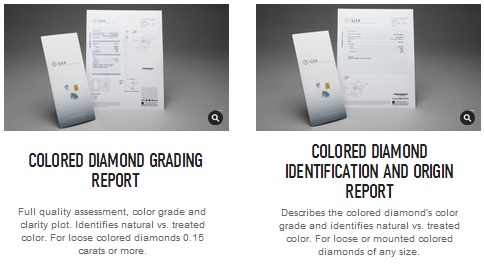
If you are interested to learn more, visit GIA’s website for details here…
One such report omits crucial details like cut proportions (girdle thickness, table, depth, polish and symmetry) while the other is a full scale grading report. If you look at things critically, you will realize that it is a game that jewelers play in order to generate higher profits from uneducated consumers.
A color origin grading report from GIA by itself just isn’t enough for you to select a diamond. It merely certifies that the diamond was formed naturally and that the color hasn’t undergone any treatment processes.
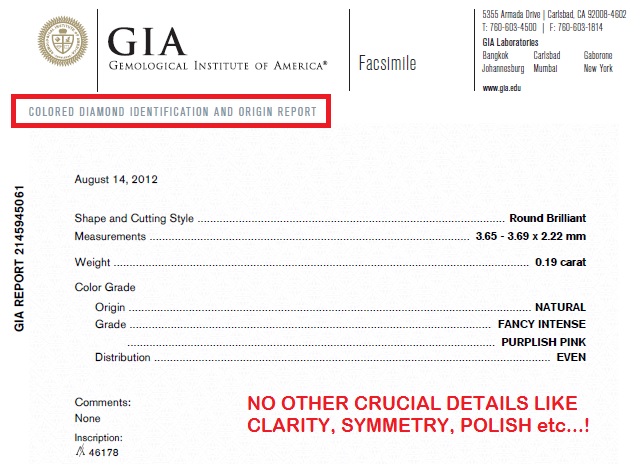
By making use of the 2 different reports that GIA can issue, jewelers are given the option of choosing a report for selective disclosure of information to the potential buyer!
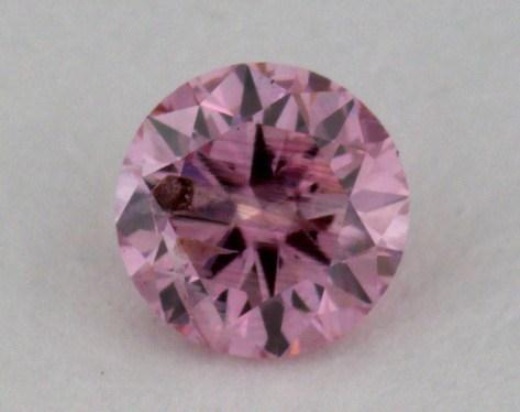
Do you think diamonds with reports that purposely omit crucial data are a good deal? For those who do, think again. I used a random example to illustrate this above. Simply spend a minute to inspect the diamond yourself at James Allen and you will find out why jewelers chose not to disclose its clarity, proportions and finishing of the stone. Not only does it has sloppy polishing, the clarity of the stone is horrendous.
Unfavorable grades will make poorly cut diamonds look really bad and harder to sell if such information was listed in the report. By conveniently choosing not to disclose the clarity and polish of the stone, this diamond looks pretty decent on paper but it isn’t in real life.
Most of the junk stones that have severe problems are sent in to GIA for the partial report. I would recommend avoiding such diamonds to save yourself from potential heartaches. My personal advice is to buy diamonds that come with the full grading certificate.
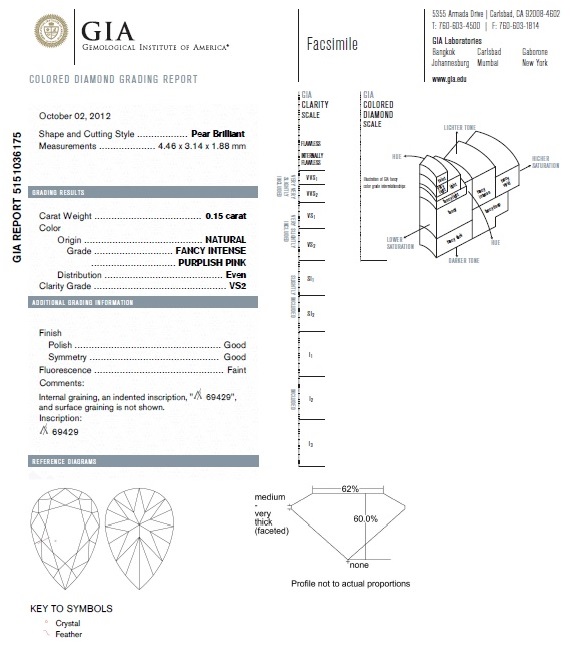
You can download the full report here for your own reference.
If this tiny 0.15 carat diamond can be submitted for a full grading service at GIA, there is really no excuse not to do so for any other diamonds unless the seller has something to hide from you.
Make of a Diamond – Symmetry And Polish
In the trade, a diamond’s cut and finish is sometimes referred to as make. When we look at the granular scale of a diamond’s finishing, the 2 factors of symmetry and polish comes into play. I personally place more emphasis on polish between the two.
From a technical viewpoint, the symmetry of a diamond relates to how individual facets are placed relatively on the stone’s surface. Most people cannot differentiate the difference between an excellent grade and a very good grade. In fact, people with keen eyes would probably only start noticing differences in grades of good and below.
On the other hand, the polish can directly impact the luster of the diamond and cause the diamond to suffer from a loss of brilliance.
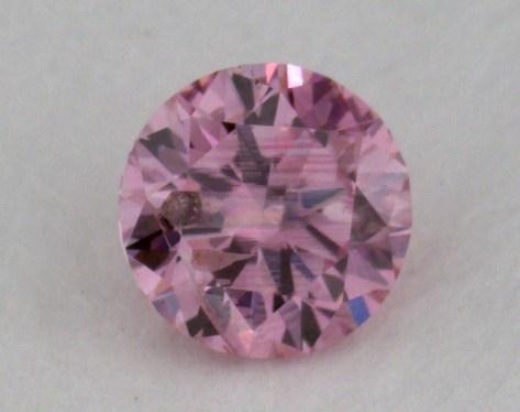

A diamond can potentially look beautiful with a good symmetry and excellent polish grade. If we were to swap it around, the opposite doesn’t always stand true. If a diamond achieves an excellent symmetry grade but has a good or poor polish grade, its sparkle and brilliance can be negatively affected.
Telltale Signs of Poorly Fashioned Diamonds
From a consumer’s perspective, how should you approach a diamond with a lack of data and grading details? In the following paragraphs, I am going to show you what to look out for in terms of cut and how to go beyond the grading report for an educated purchase.
Avoid Wavy Girdles
Check that the girdle of the stone is straight instead of wavy looking. An uneven (wavy) girdle raises a huge red flag and indication of a poor cut. You can easily do this with a 10X loupe by examining the stone’s circumference carefully.
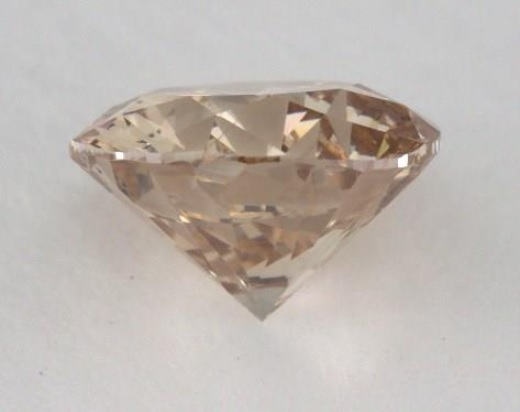

A wavy girdle causes various issues. In this diamond, you can see that the stone displays an off-round appearance. Not only that, a wavy girdle makes setting the stone a difficult task.
In a properly cut stone, the girdle thickness should look uniform and be parallel to the table facet from the profile view. Here’s an example of how a nicely formed girdle would look like.
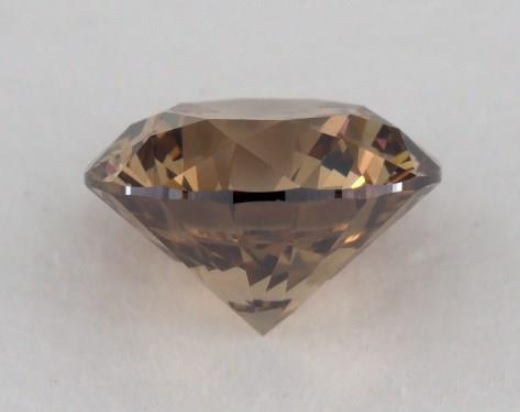
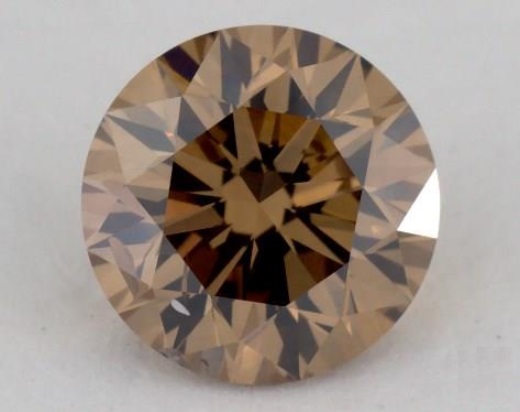
Overly Thick Girdle
Excessively thick girdles are tactics that cutters use to conserve weight on the rough stone. Not only does this waste the crystal’s true potential, it also causes the diamond to face up smaller as weight is hidden in the profile view.
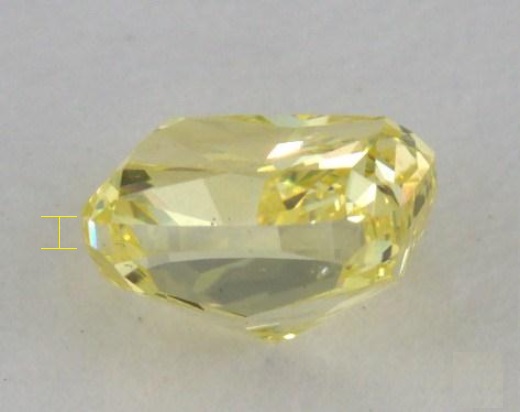
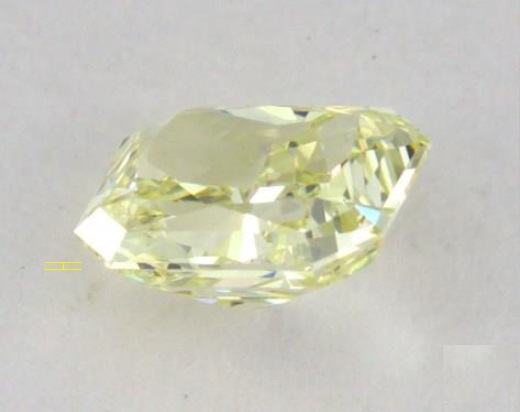
When the weight is taken up in the girdle area, the diamond can look significantly smaller. Both stones weight 0.62 carats and yet the one on the left measures up at 4.96*3.88*3.15 mm while the one on the right measures up at 5.43*4.59*2.84 mm.
Nailheads
Beware of high depth percentages as “nailheads” will usually start to appear. While deeply cut diamonds tend to exhibit them, nailheads can also form as a result of poor proportions combinations. They appear as huge dark areas when viewed from the face up position.

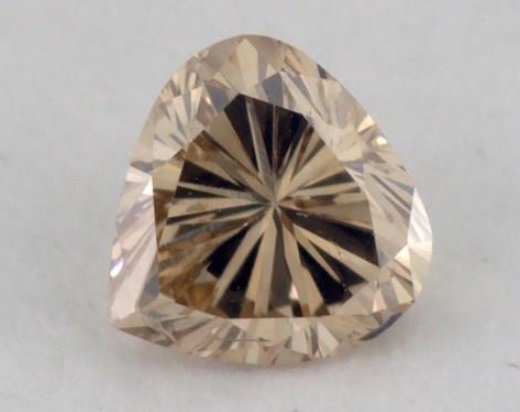
You can view the examples above with these respective links for the left and right diamond.
Not only do “nailheads” affect brilliance negatively, it also causes the diamond to deviate from its natural color because of excessive light obstruction.
Unappealing Shapes Are Plain Turn-Offs
I need to emphasize the importance of having a video or at worst, a magnified image of the diamond when shopping for one. The visual appearance of the stone can never be accurately translated just by a lab report alone.
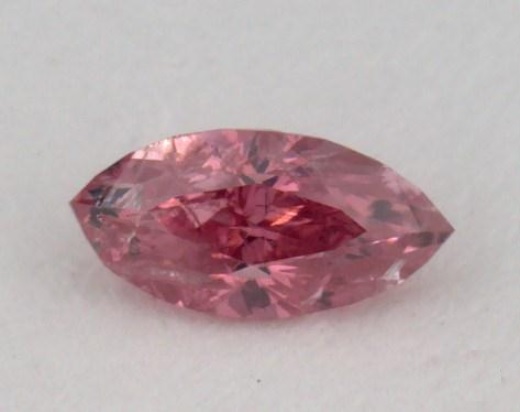
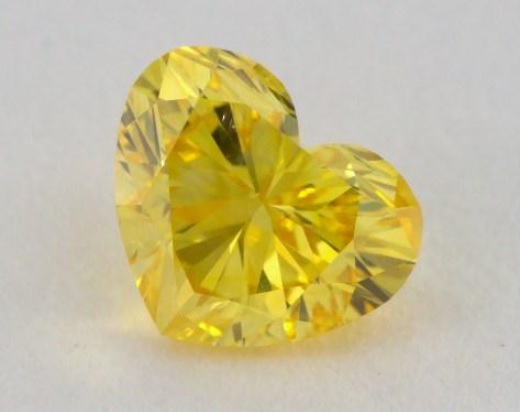
The pink diamond has severe symmetry flaws and you can clearly see that both sides of the marquise has uneven wings. The yellow heart shaped diamond also has issues with one lobe being significantly bigger than another.
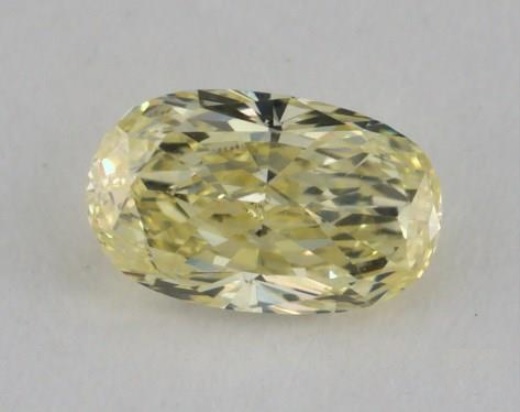

I call the oval diamond on the left the “Magic Bean” because of the squashed and elongated outline it has. And besides the hideous outline, there is something else that you might had noticed if you looked hard enough. The laser inscription on the girdle is reflected all over the place in you look at the video. Instead of having natural inclusions, this stone has man-made inclusions all over it.
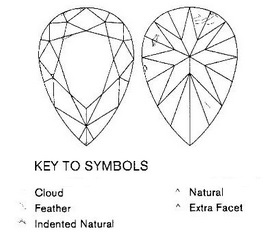
The diagrams found in the report are generic and does not represent HOW the stone looks like in real life.
The pear shaped diamond has squared shoulders instead of rounded ones. This makes it look more like a triangular shape than it resembles a tear-drop looking outline pears should possess.
Examples of Well-Cut Stones
Finding a well cut diamond within the color spectrum you want to purchase is like digging for a needle in a haystack. Here are some examples of stones that I personally find appealing based solely on the overall cut.
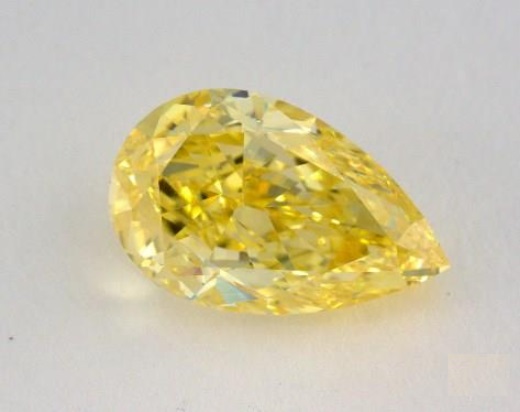

I particularly love the shape appeal of the pear shape and it also yields a pleasant display of color distribution. For the radiant cut, the scintillation of the diamond under the table creates a nice display of brilliance.
I hoped that you found this article useful especially if you are new to buying diamonds. If you do, I would appreciate it if you would like us on Facebook or follow us on Google+. Feel free to contact me for help if you have any questions in mind.

Leave A Comment